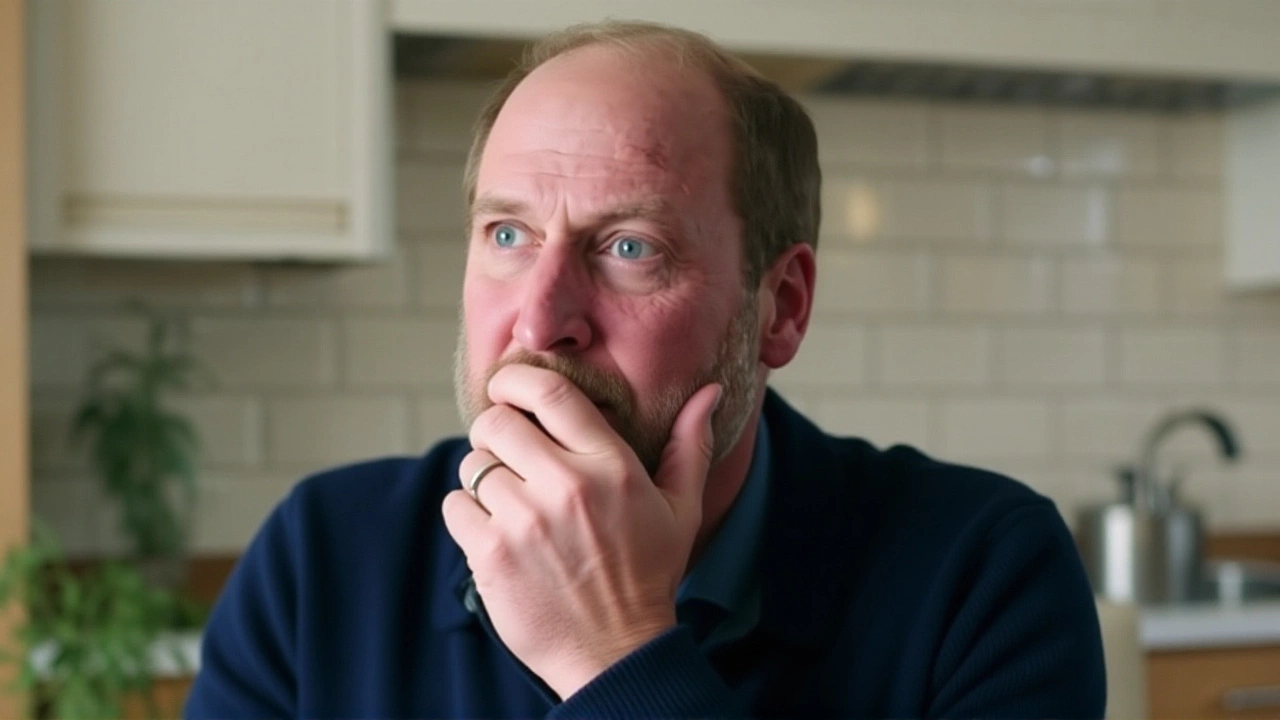Prince William
When talking about Prince William, the Duke of Cambridge, second in line to the British throne, known for modernizing royal duties and championing community causes. Also called His Royal Highness, he blends tradition with a hands‑on approach to public service.
Prince William embodies a mix of heritage and contemporary outreach. The British Royal Family, the institution that defines monarchy in the United Kingdom sets the framework for his public duties, while his personal interests give those duties a fresh angle.
Royal Role and Public Engagement
One of the most visible ways he connects with people is through football, the world’s most popular sport, which he often supports at matches and charity events. Prince William’s attendance at stadium tours and his occasional guest appearances on match days turn ordinary games into moments of national pride. This link creates a semantic triple: Prince William encompasses public duties, requires charitable involvement, and influences fan experiences. The result is a royalty that feels reachable.
His charity portfolio reads like a roadmap of modern concerns. From mental‑health initiatives to wildlife conservation, each cause is backed by his personal brand. The partnership between his charity work, projects that aim to improve health, education, and the environment and the royal institution amplifies impact. In practice, this means that when a youth football tournament receives royal patronage, sponsors and local communities are more likely to join, boosting participation rates.
Royal patronage itself acts as a catalyst for broader engagement. When Prince William signs off on a community football program, it signals official support, which in turn encourages local authorities to allocate resources. This dynamic forms another triple: Royal patronage enables fan experiences, inspires investment, and fosters sustainable sports development. Fans traveling to Barcelona for a match often seek out these royal‑backed experiences, blending travel with a sense of belonging.
Travel enthusiasts love the mix of soccer culture and royal heritage. A tour of Camp Nou that highlights Prince William’s recent visit adds a layer of storytelling that standard stadium guides lack. Visitors can walk the same corridors he did, see the photo‑op spots, and feel part of a larger narrative. This synergy between tourism and royalty creates a third semantic link: Soccer tourism intersects with royal heritage, offering unique visitor experiences.
On a personal level, Prince William’s dedication to sports goes beyond attendance. He participates in charity matches, donates his time to coaching clinics, and promotes healthy lifestyles for young people. These actions reinforce the idea that royalty can be active, not just symbolic. For fans, seeing a royal figure lace up a boot makes the sport feel more inclusive, breaking down perceived barriers between elite circles and everyday supporters.
Looking ahead, the blend of monarchy, charity, and football will likely shape new kinds of fan engagement. Expect more joint initiatives where royal events coincide with major matches, creating pop‑up experiences for travelers. This evolving landscape means that anyone interested in a Barcelona soccer getaway may also encounter a touch of royal influence, whether through special ticket packages, exclusive meet‑and‑greets, or themed tours.
The collection below reflects this mix – from deep dives into Prince William’s charitable projects to guides on how his love of football enhances the visitor experience in Barcelona. Dive in to see how tradition, sport, and philanthropy intersect in ways you might not have imagined.

- 0 Comments
The Daily Mail piece dated Oct 10 2025 about Prince William speaking to a grieving widow cannot be verified; it lies beyond current source availability.